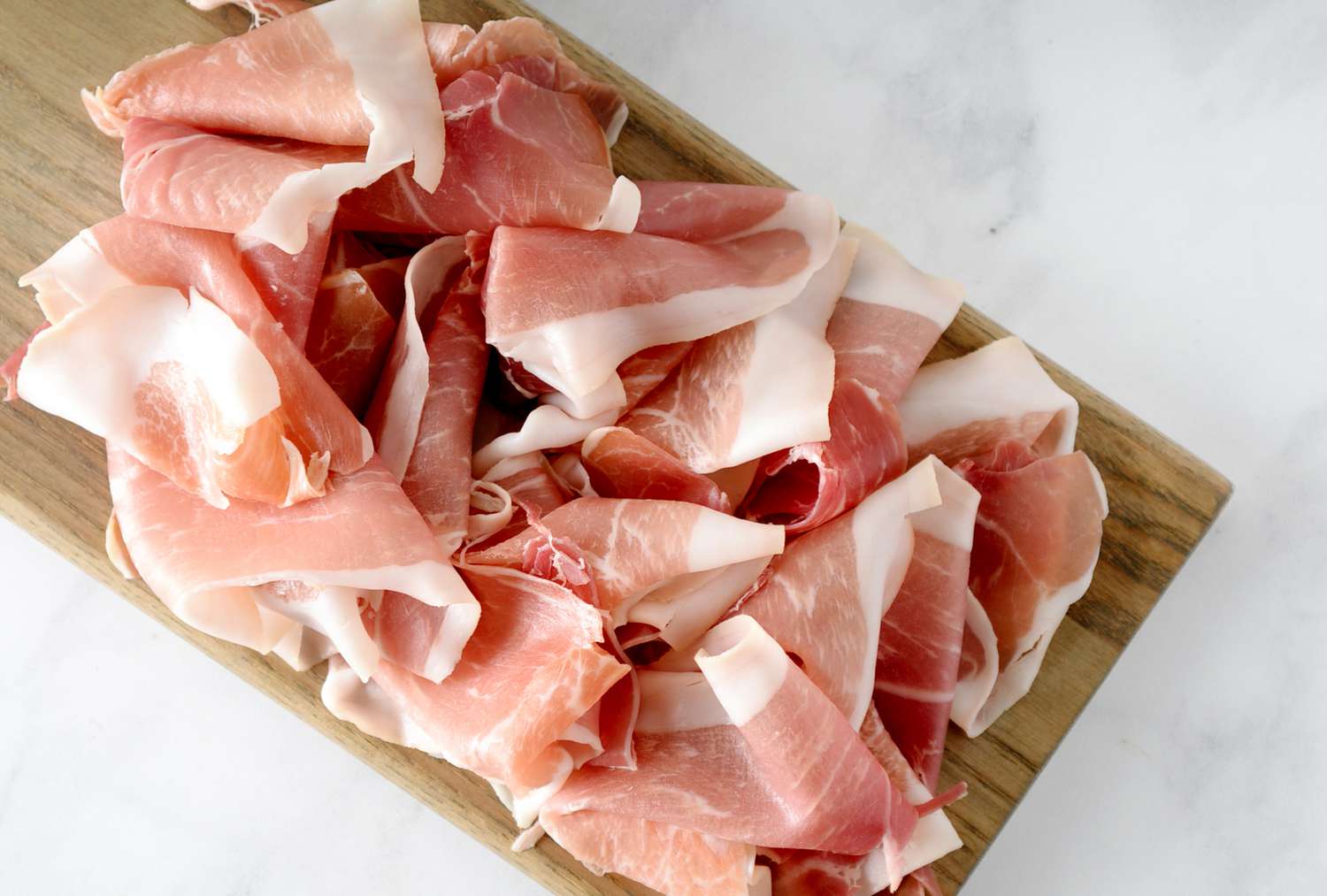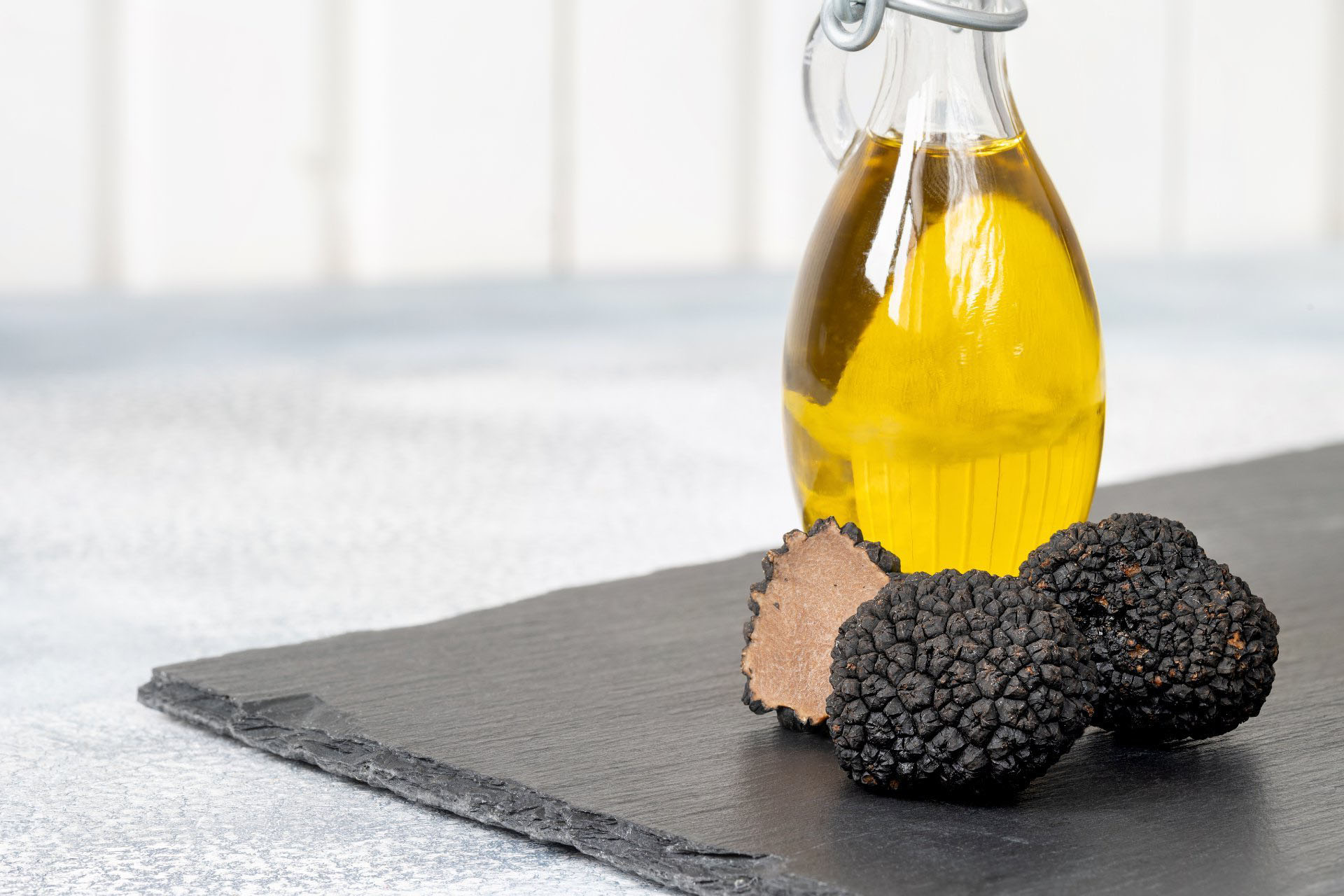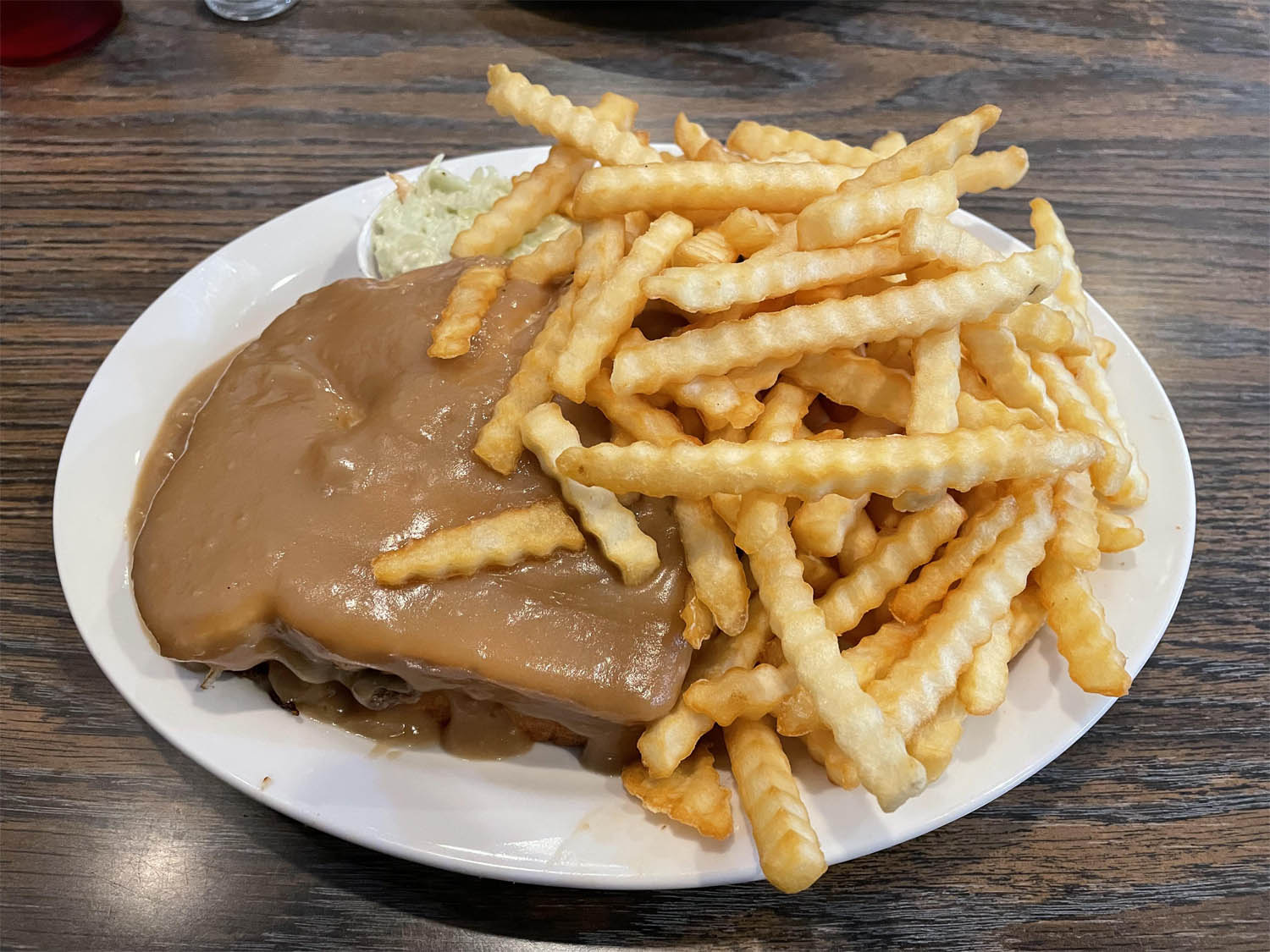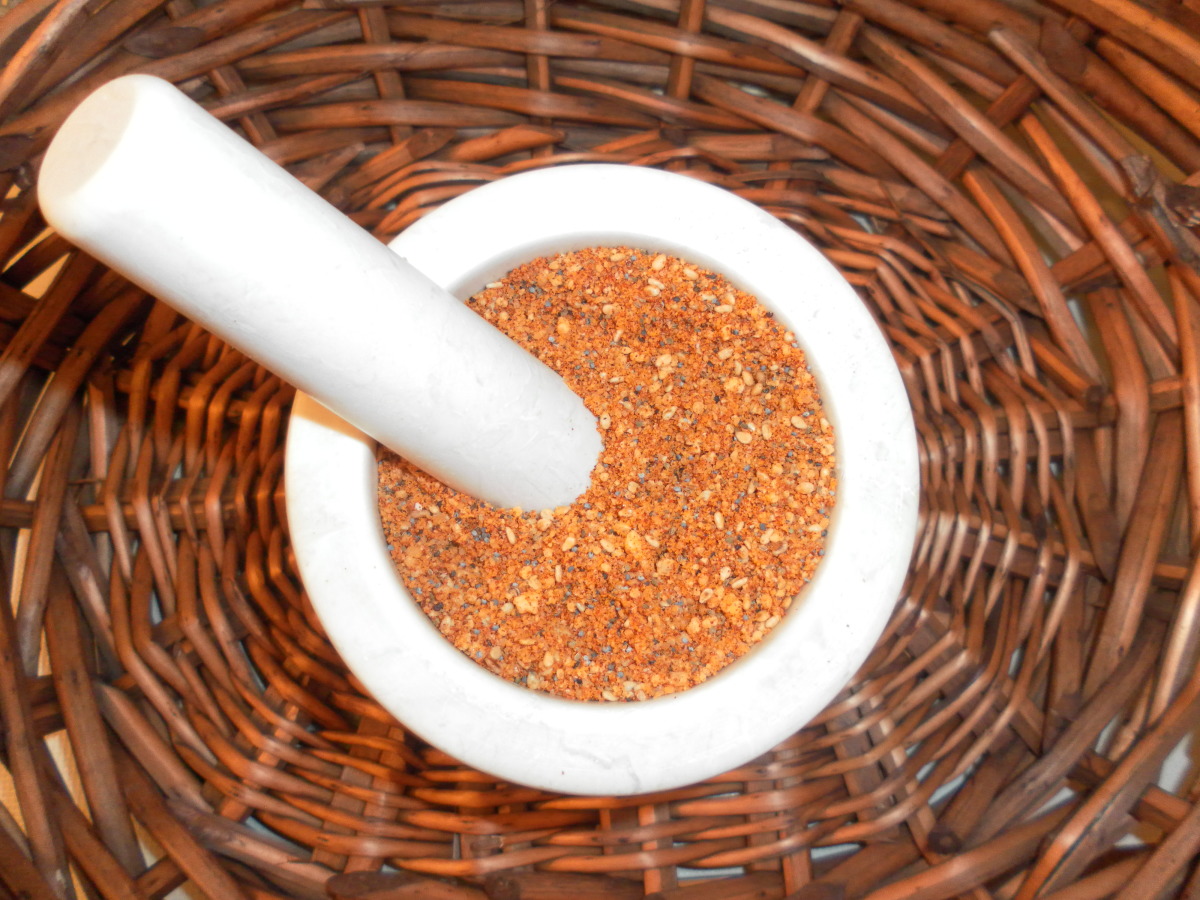Discovering the Delightful Anko Spread
Are you a fan of Japanese cuisine? If so, you may have come across a delightful and versatile ingredient known as Anko spread. This sweet and velvety paste is a staple in Japanese cooking and is used in a variety of traditional desserts and snacks. Let’s take a closer look at what Anko spread is and how it is used in culinary creations.
What is Anko Spread?
Anko spread, also known as red bean paste, is a sweet paste made from azuki beans, sugar, and sometimes a hint of salt. The beans are boiled and mashed, then sweetened to create a smooth, rich, and slightly grainy texture. Anko spread comes in two main varieties: tsubuan, which contains whole azuki beans, and koshian, which is a smooth, strained version of the paste.
Uses of Anko Spread
Anko spread is a versatile ingredient that is used in a wide range of Japanese desserts and snacks. Here are some popular uses of Anko spread:
- Mochi: Anko spread is commonly used as a filling for mochi, a chewy rice cake. The combination of the soft, sweet Anko spread and the chewy mochi creates a delightful contrast in texture and flavor.
- Dorayaki: This popular Japanese confection consists of two fluffy pancakes sandwiched together with a layer of Anko spread. The sweet and slightly savory flavor of the Anko spread complements the light and airy pancakes perfectly.
- Anmitsu: Anko spread is often served as a topping for anmitsu, a traditional Japanese dessert made with agar jelly, fruits, and sweet syrup. The addition of Anko spread adds a rich and indulgent element to this refreshing dessert.
- Manju: Anko spread is a common filling for manju, a Japanese pastry with a soft, cake-like exterior. The combination of the tender pastry and the sweet Anko spread filling makes for a delightful treat.
Health Benefits of Anko Spread
While Anko spread is undeniably sweet and indulgent, it also offers some nutritional benefits. Azuki beans, the main ingredient in Anko spread, are a good source of protein, fiber, and various vitamins and minerals. Additionally, the natural sweetness of Anko spread means that it can be used to sweeten desserts without the need for excessive amounts of refined sugar.
Where to Find Anko Spread
If you’re eager to try Anko spread in your own culinary creations, you can find it in Japanese grocery stores, Asian supermarkets, or online retailers specializing in Japanese ingredients. Look for both tsubuan and koshian varieties to experiment with different textures and flavors in your cooking.
Whether you’re a seasoned fan of Japanese cuisine or a newcomer eager to explore new flavors, Anko spread is a delightful ingredient that adds a touch of sweetness and tradition to a wide range of dishes. From traditional desserts to modern interpretations, the versatility of Anko spread makes it a must-have in any kitchen.
So, why not pick up a jar of Anko spread and embark on a culinary adventure that celebrates the rich and delicious flavors of Japanese cuisine?
Was this page helpful?
Read Next: What Is A Substitute For Cointreau?











